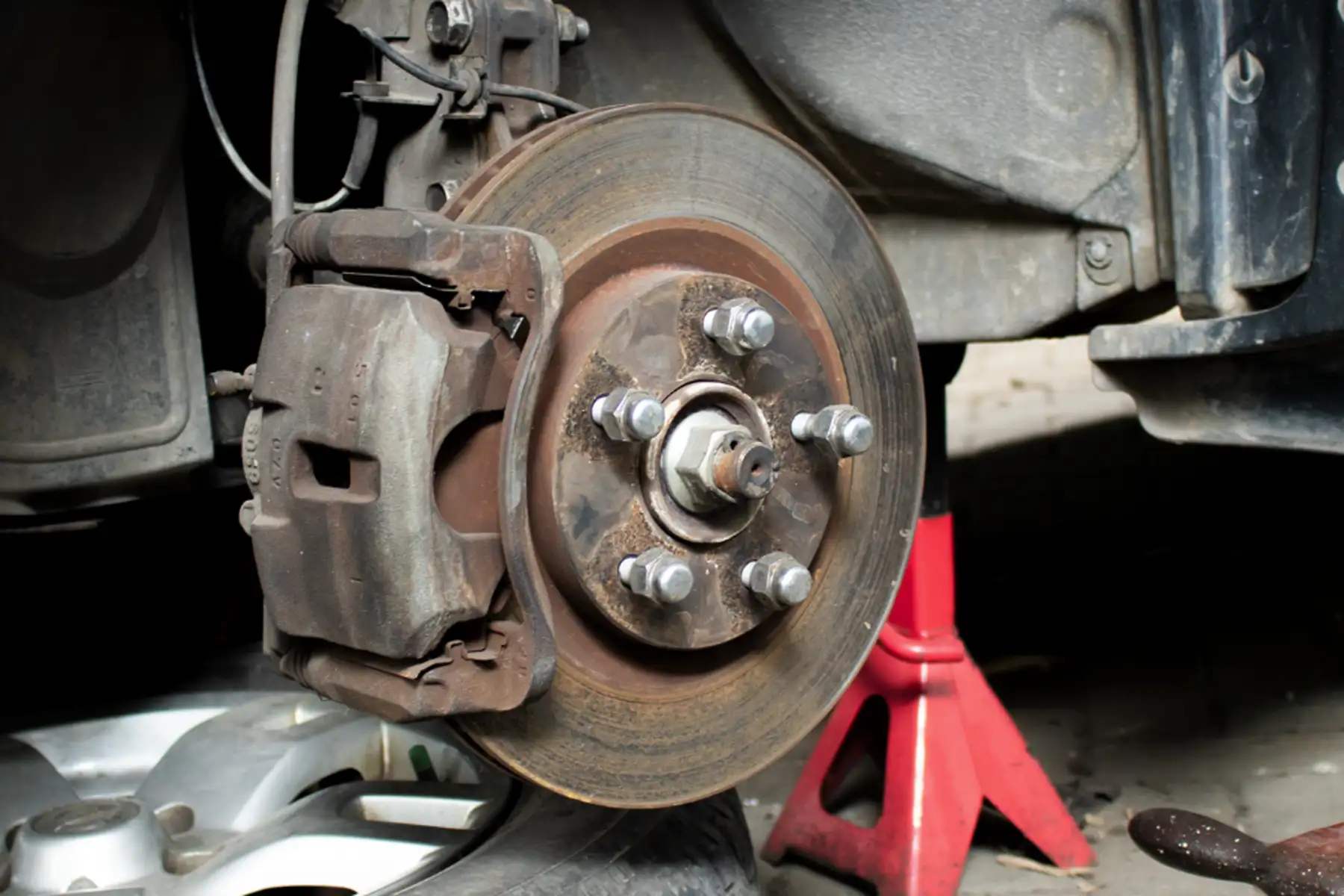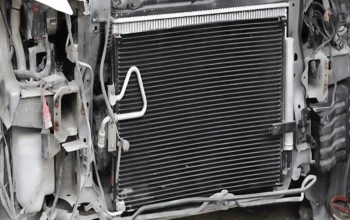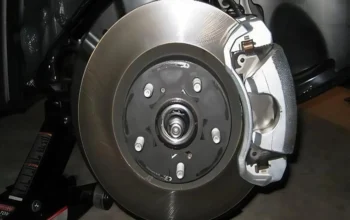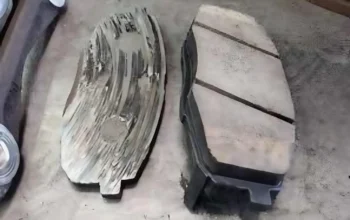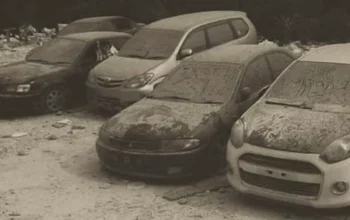Pena Global – If your car or motorcycle feels sluggish, your fuel economy is going downhill, or one of your wheels is heating up like a stovetop, you might be dealing with a stuck caliper. This issue is more common than you think and can lead to dangerous driving conditions—not to mention the risk of a tire blowout if the wheel gets too hot.
In this article, we’ll go over how to fix a stuck caliper without replacing it. Whether you’re a weekend DIYer or just trying to save some cash, these steps are simple, effective, and don’t require a trip to the mechanic. Let’s get your brakes working properly again.
Table of Contents:
- What Is a Stuck Caliper?
- Why You Shouldn’t Ignore a Seized Caliper
- 1. Pump the Brake Method
- 2. Use Heat to Break Free Rust or Debris
- 3. Clean and Lube the Caliper Slides
- 4. Realign Brake Pads and Rotor
- 5. Inspect for Contaminated Brake Fluid
- 6. Push the Piston Back with a Clamp
- 7. Rebuild Instead of Replace
- Final Tips to Avoid Future Stuck Calipers
- When to Call a Pro
What Is a Stuck Caliper?
A stuck caliper means the brake caliper isn’t releasing properly after you press the brake pedal. It’s often caused by rust, debris, or worn components inside the caliper or piston. When this happens, your pads stay in contact with the rotor, causing friction even when you’re not braking. This leads to heat, poor mileage, and sluggish performance.
Some signs of a brake caliper jammed include:
- The vehicle pulling to one side
- Overheated wheels
- Burning smell from the brakes
- Reduced fuel efficiency
- Difficulty accelerating
Why You Shouldn’t Ignore a Seized Caliper
Ignoring a seized caliper can cause more than just annoying symptoms. Continued use can warp your rotors, destroy your brake pads, and even lead to complete brake failure. It’s best to address the issue as soon as possible—and no, you don’t always need to buy a new caliper.
1. Pump the Brake Method
This technique works especially well on cars. Start the engine and press the brake pedal repeatedly, not just light taps, but firm presses. The idea is to create pressure in the system and force the piston out of its stuck position. If your car has dual calipers or pistons, one side might release while the other stays jammed. In that case, secure the freed piston with a wire or clamp so it doesn’t pop all the way out. Then continue pumping the brakes until the stuck piston moves.
This is a great first step because it doesn’t require removing parts or using any tools. It’s quick and safe.
2. Use Heat to Break Free Rust or Debris
If pumping the brakes doesn’t work, the next step is to apply heat. This method works for both cars and motorcycles. Start by removing the caliper from the vehicle. Then, carefully apply a heat source (like a heat gun or even a small torch) to the caliper body. The heat helps loosen up rust and old grease, and can slightly melt the rubber components, making the piston easier to move.
Once heated, use a soft mallet or clamp to gently push or pull the piston. Be cautious not to damage any seals—this is a heat-assisted DIY brake repair, not a demolition job!
3. Clean and Lube the Caliper Slides
Sometimes it’s not the piston that’s stuck, it’s the caliper slide pins. These allow the caliper to move and apply even pressure. When they dry out or rust, your brakes might jam even though the pistons work fine.
Take out the slide pins, clean them thoroughly using brake cleaner, and apply high-temperature grease. Reinstall and test for smooth movement. If they’re still stiff, replace the pins.
4. Realign Brake Pads and Rotor
If the pads aren’t aligned correctly or the rotor is warped, the caliper may seem stuck when it’s really being held up by misalignment.
Inspect the rotor surface for damage or uneven wear. Clean it with brake cleaner and a wire brush if necessary. Remove the pads, check for glazing or debris, and reinstall them properly. Make sure everything is sitting flat. This simple pad realignment often solves what feels like a seized caliper.
5. Inspect for Contaminated Brake Fluid
Dirty or old brake fluid can lead to internal corrosion, causing the piston to seize. If you haven’t flushed your fluid in a while, now’s a good time. Bleed the system and replace with fresh DOT-appropriate fluid. This not only restores pressure but may also help the piston retract more smoothly.
6. Push the Piston Back with a Clamp
Sometimes, all you need is a good push. Using a C-clamp or brake piston tool, apply slow, steady pressure on the piston. Be patient, it may take a while if it’s truly stuck. Don’t force it too hard or you could damage the caliper or brake lines.
If it still won’t budge, go back to the heat method or consider fully rebuilding the caliper with new seals.
7. Rebuild Instead of Replace

When nothing else works, you can always rebuild the caliper. Rebuild kits are inexpensive and come with new seals, dust boots, and sometimes new pistons. Disassemble the caliper, clean everything thoroughly, and replace all rubber components. This gives you almost-new performance without the cost of a replacement caliper.
Final Tips to Avoid Future Stuck Calipers
- Replace brake fluid every 2 years
- Clean and grease slide pins during every brake pad change
- Avoid power washing directly on brake components
- Test brakes regularly, especially if the car sits unused for long
When to Call a Pro
If you’ve tried all the steps above and the caliper is still stuck, it’s time to visit a mechanic. Especially if you notice leaks, damaged pistons, or deep grooves in the rotor. Safety first!
